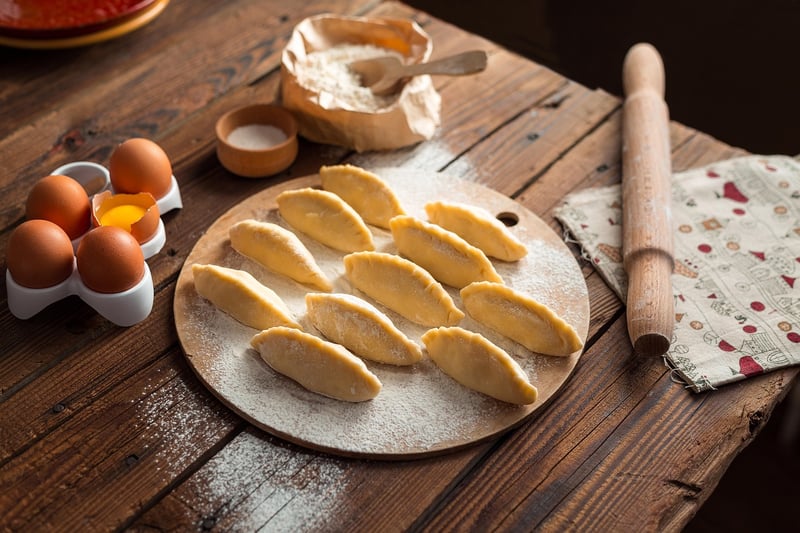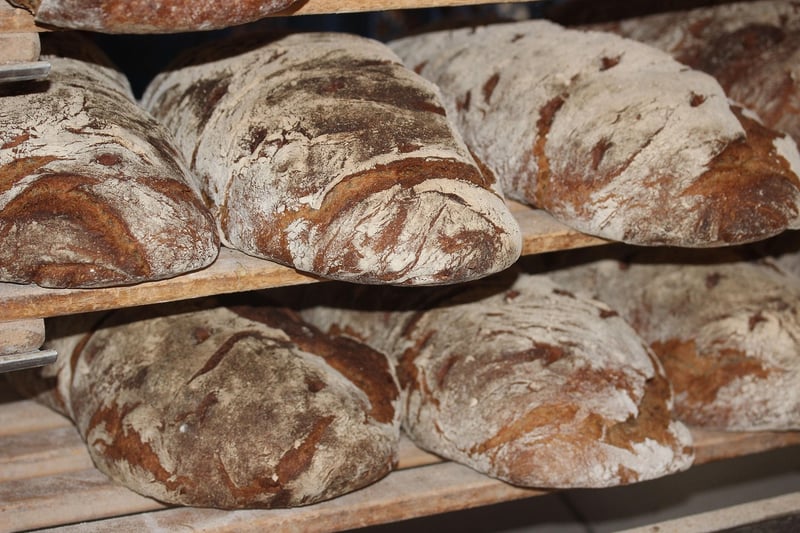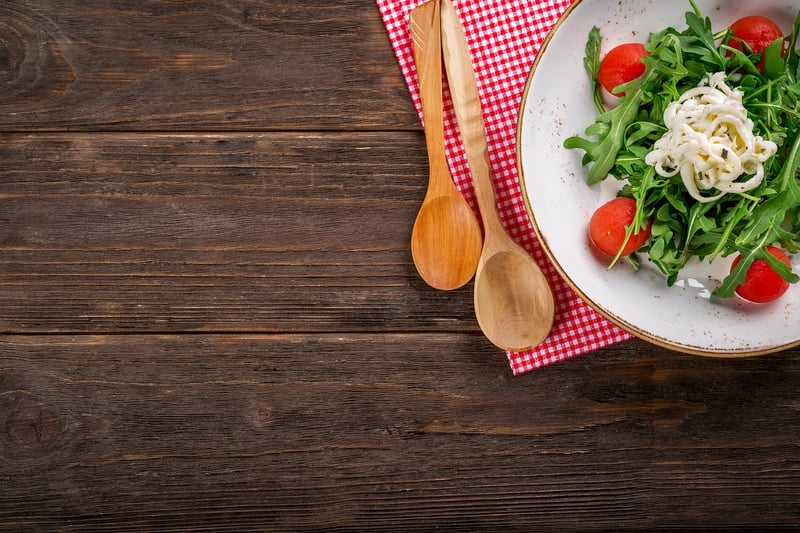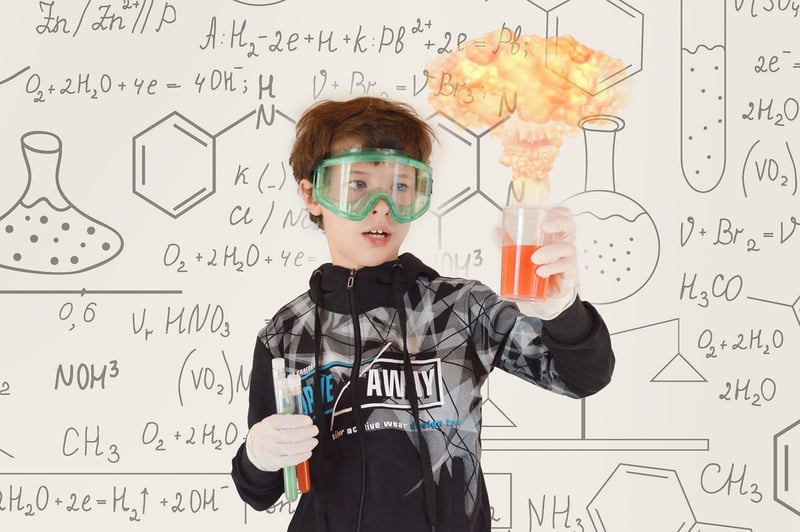Chemical Reactions in Cooking
The Science Behind Food and Chemical Reactions in Cooking
Have you ever wondered why certain foods change color, texture, and taste when cooked? The answer lies in the fascinating world of food chemistry and the chemical reactions that take place during cooking. Let's delve into the science behind these transformations to better understand how cooking affects the food we eat.
Maillard Reaction: The Secret to Flavor Development
One of the most well-known chemical reactions in cooking is the Maillard reaction. This reaction occurs between amino acids and reducing sugars when exposed to heat, resulting in the browning of foods and the development of complex flavors and aromas. It is responsible for the delicious crust on grilled meats, the golden color of bread crusts, and the rich flavors of roasted coffee beans.

Emulsification: The Science of Stable Mixtures
Emulsification is another essential process in cooking that involves creating stable mixtures of liquids that do not naturally dissolve in each other, such as oil and water. This process is crucial in making creamy salad dressings, mayonnaise, and sauces by dispersing fat molecules in water with the help of emulsifiers like egg yolks or mustard.

Leavening: The Key to Light and Airy Baked Goods
Leavening agents like yeast, baking soda, and baking powder play a vital role in baking by releasing gases that cause dough to rise and create light and airy textures in bread, cakes, and pastries. These agents react with other ingredients in the recipe to produce carbon dioxide, expanding the dough and giving baked goods their characteristic structure.

Caramelization: Turning Sugar into Gold
Caramelization is the process of heating sugar until it breaks down and forms a golden-brown color and complex flavors. This reaction occurs when sugar is exposed to high temperatures, leading to the creation of delicious caramel sauces, crispy brûlées, and sweet roasted vegetables.

Conclusion
Understanding the science behind food and chemical reactions in cooking can elevate your culinary skills and help you create delicious dishes with precision and confidence. The next time you step into the kitchen, remember that every chop, stir, and sauté is a step in the intricate dance of food chemistry that transforms raw ingredients into mouthwatering meals.
